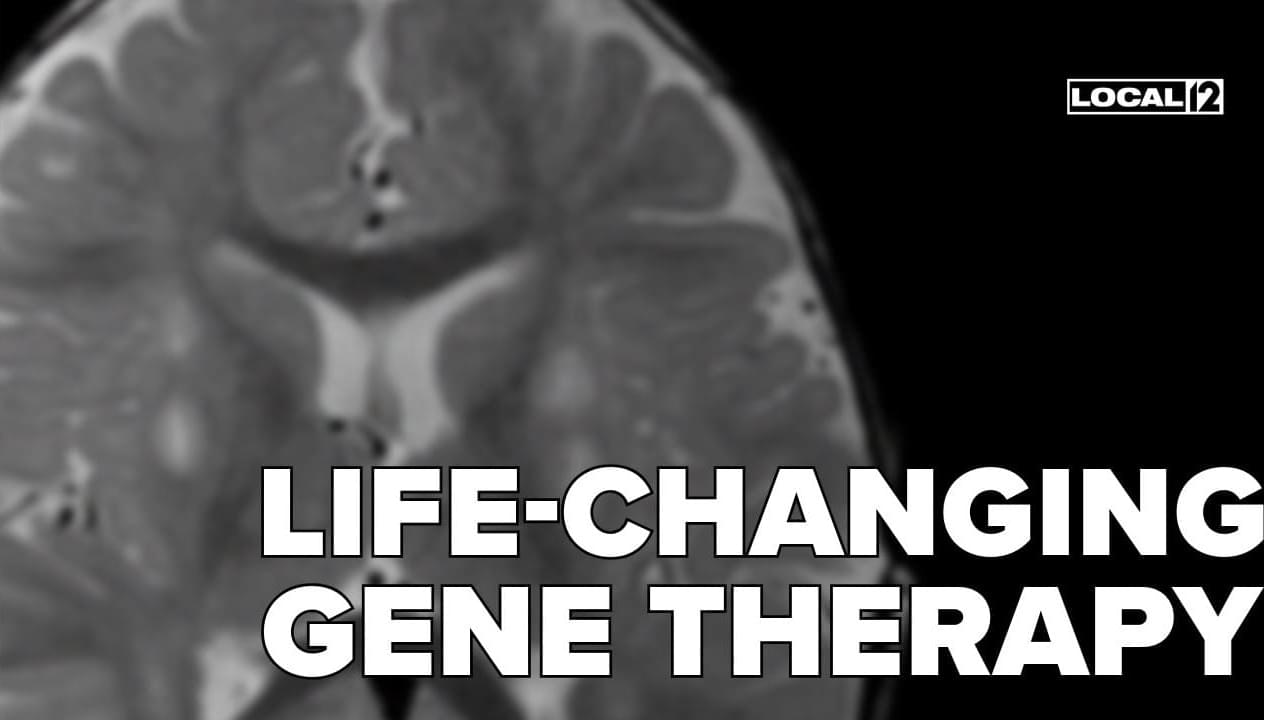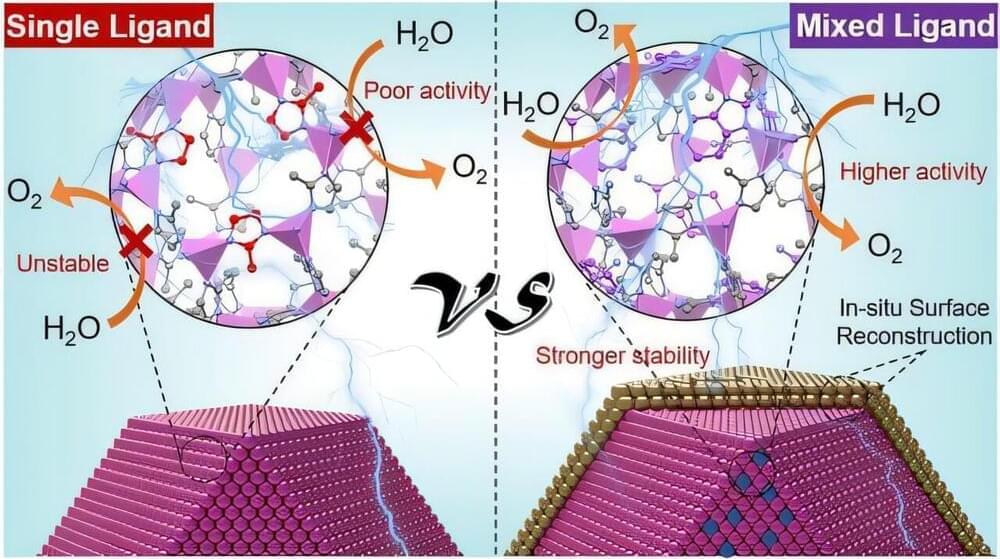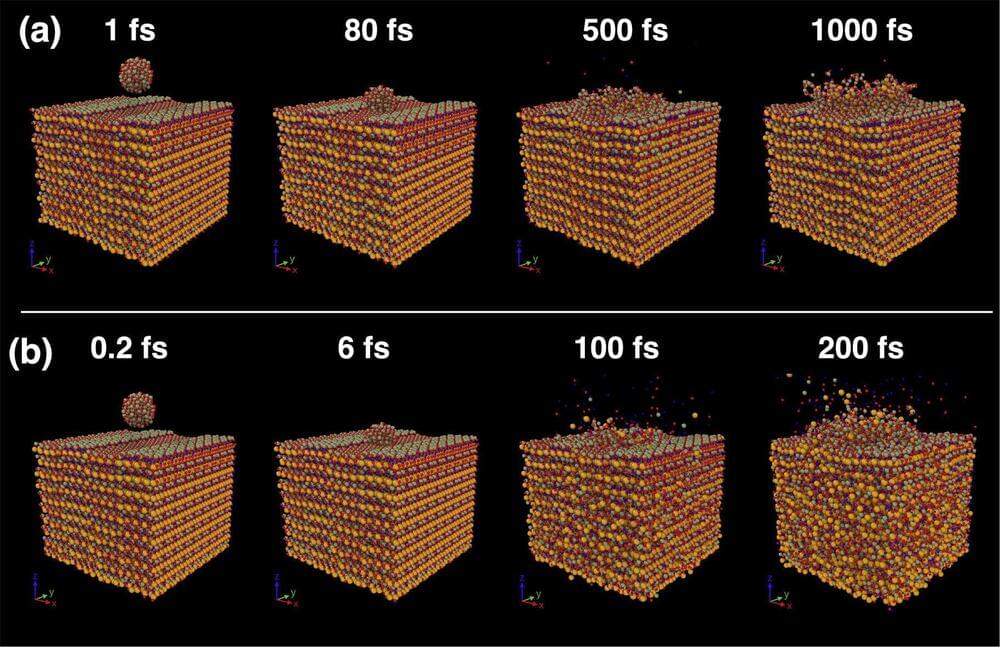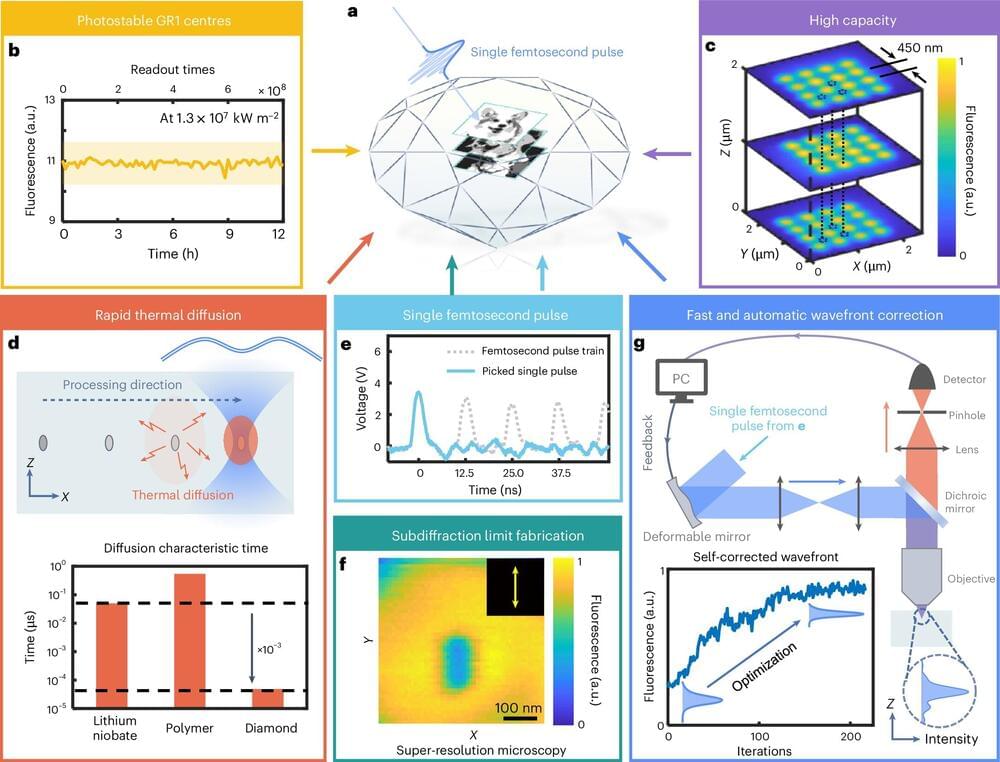Nov 30, 2024
Modified ribosomes could be a new possible mechanism of antibiotic resistance
Posted by Shubham Ghosh Roy in category: biotech/medical
A recent study from the Centre for Genomic Regulation (CRG) in Barcelona reveals that bacteria can adapt their ribosomes when exposed to widely used antibiotics, potentially playing a role in the development of antibiotic resistance. These small changes can modify the drug-binding sites on ribosomes, reducing the effectiveness of antibiotics.
The research focused on Escherichia coli (E. coli), a usually harmless bacterium that can lead to serious infections. The team exposed E. coli to two antibiotics, streptomycin and kasugamycin.


















